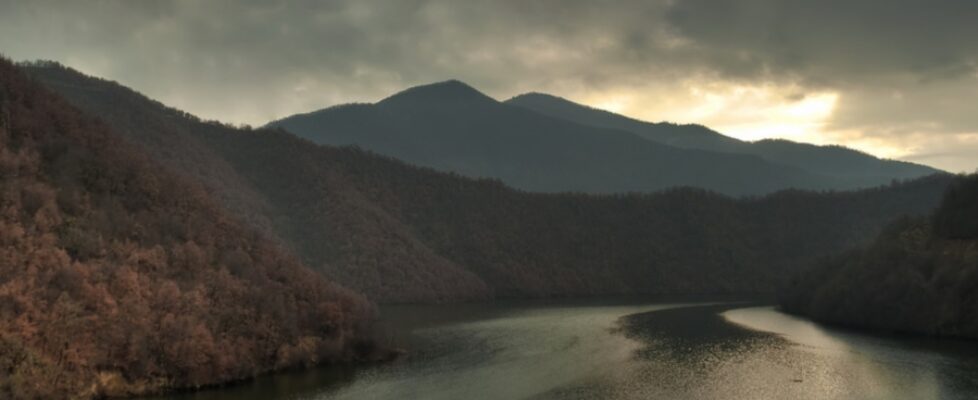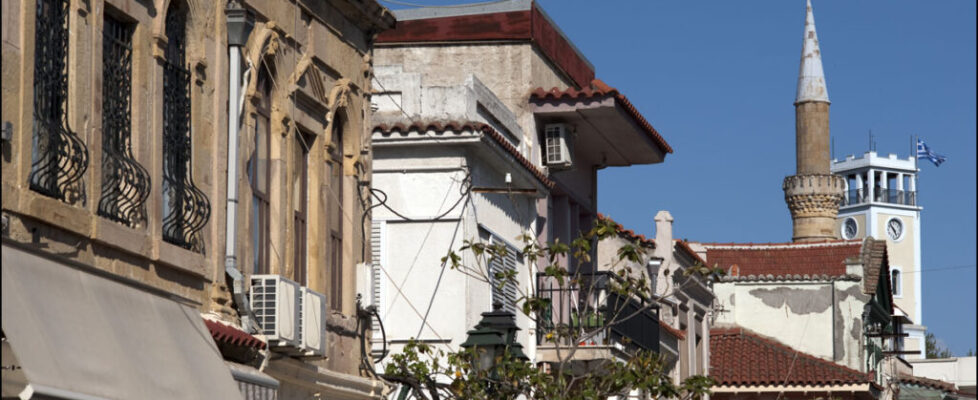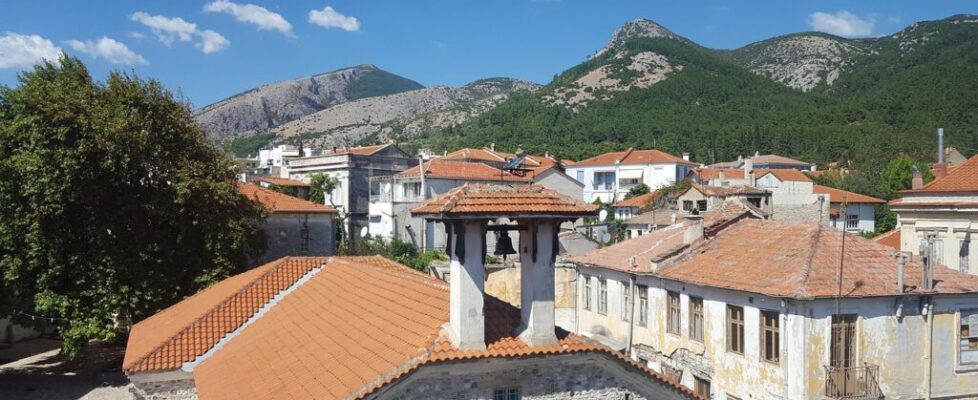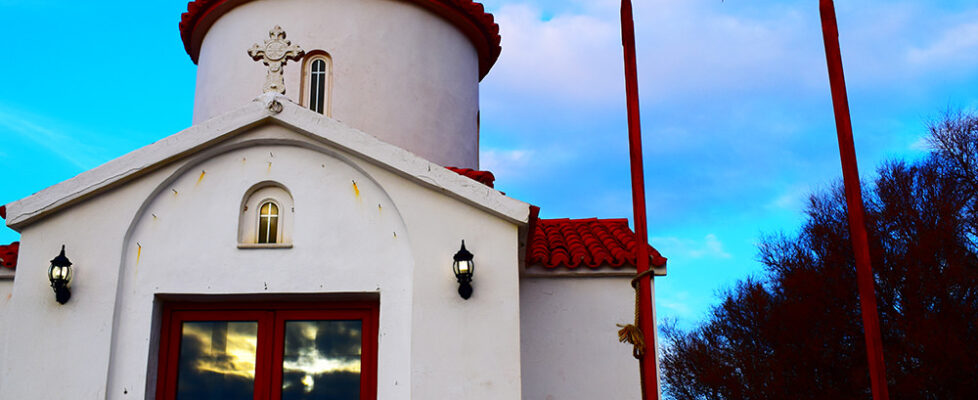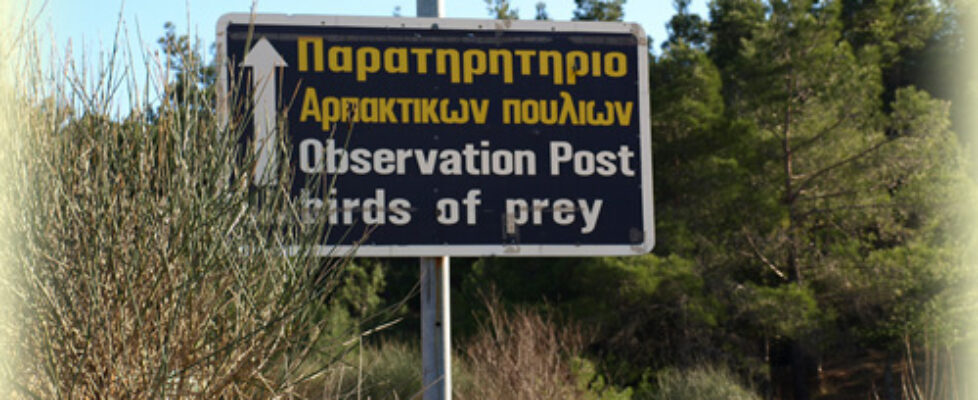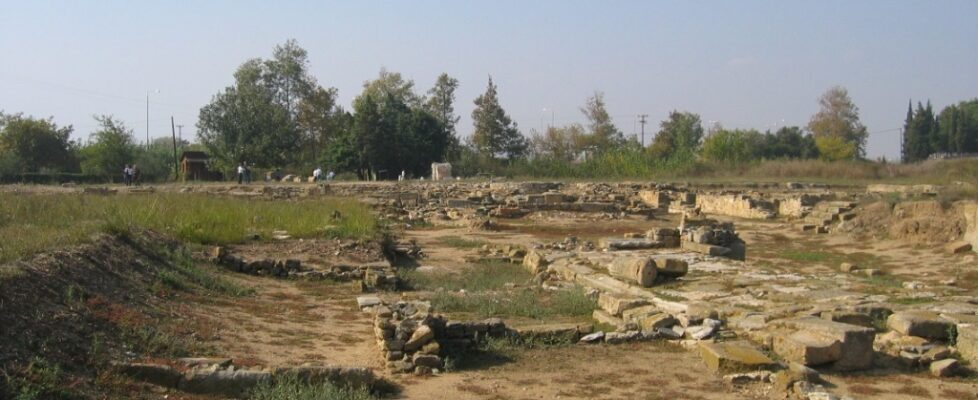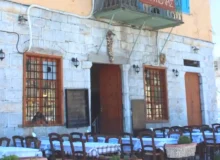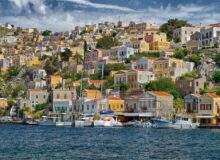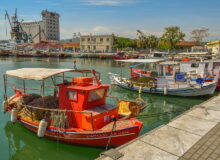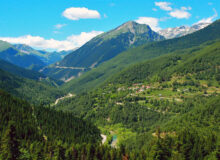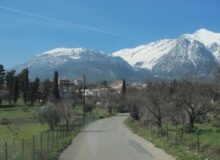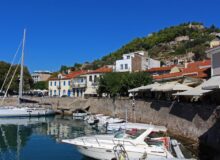East Macedonia and Thrace National Park
The See Greece guide to the East Macedonia and Thrace National Park, one of the biggest and most varied wetlands in Greece.

in East Macedonia and Thrace National Park
The East Macedonia and Thrace National Park is one of Greece’s largest and most ecologically rich wetland parks, covering about 930 km² and including the Nestos Delta, Lake Vistonida, and Lake Ismarida. Note that the park is often also referred to as the Nestos National Park and, as the name tells you, is on the border between Thrace and Macedonia.
Key Facts
Establishment: Created in 1996 by ministerial decision, making it a relatively young protected area.
Size: Covers 93,000 hectares (930 km²) of land and water.
Habitats: Includes wetlands, rivers, lakes, lagoons, forests, and coastal zones, offering diverse ecosystems.
Major Features:
Nestos Delta – a river delta with rich biodiversity.
Lake Vistonida – a large brackish lake connected to the sea.
Lake Ismarida – a freshwater lake important for birdlife.
Key Facts
Establishment: Created in 1996 by ministerial decision, making it a relatively young protected area.
Size: Covers 93,000 hectares (930 km²) of land and water.
Habitats: Includes wetlands, rivers, lakes, lagoons, forests, and coastal zones, offering diverse ecosystems.
Major Features:
Nestos Delta – a river delta with rich biodiversity.
Lake Vistonida – a large brackish lake connected to the sea.
Lake Ismarida – a freshwater lake important for birdlife.
East Macedonia and Thrace National Park Biodiversity
- The park is a birdwatching paradise, hosting over 300 bird species, including pelicans, herons, flamingos, and rare raptors.
- It also shelters otters, wild boar, jackals, and amphibians, making it a hotspot for wildlife.
- Its wetlands are part of the Ramsar Convention, meaning they are internationally recognized for ecological importance.
Visitor Experience
- Information Centers:
- Lake Vistonida Center (Porto Lagos)
- Nestos Delta Center (Keramoti)
These provide maps, guided tours, and suggested routes by car, bike, or foot.
- Activities: Hiking, cycling, birdwatching, and eco-tourism are popular. The Nestos River area is especially scenic for cycling and kayaking.
- Attractions:
- Nestos River cycling routes with spectacular views.
- Wetland trails around Porto Lagos.
- Forested areas in the Rhodope Mountains.

in East Macedonia and Thrace National Park
Top Five Must-See Spots
- Nestos River Delta
- A mosaic of lagoons, sand dunes, and riparian forests.
- Famous for its meandering river bends and rich birdlife.
- Cycling and kayaking routes along the riverbanks make this one of the most scenic areas.
- Lake Vistonida
- A vast brackish lake connected to the Aegean Sea.
- Home to flamingos, pelicans, and herons.
- The Porto Lagos Information Center nearby offers guided tours and panoramic views.
- Lake Ismarida
- The only freshwater lake in the park.
- Surrounded by reed beds and forests, it’s a haven for otters and rare amphibians.
- Ideal for birdwatching in quieter, less‑visited surroundings.
- Nestos Forest (Kotza Orman)
- A remnant of the once vast riparian forest along the Nestos River.
- Known as the “Great Forest,” it shelters jackals, wild boar, and raptors.
- Walking trails here feel like stepping into a primeval landscape.

in East Macedonia and Thrace National Park
- Porto Lagos Monastery & Wetlands
- A striking monastery built on small islets in Lake Vistonida.
- Surrounded by wetlands teeming with wildlife.
- Combines cultural heritage with natural beauty, making it a unique stop.
Tip for visitors: The park is best explored with a mix of guided tours (for deep ecological insight) and self‑led cycling or hiking routes (for immersion in the landscapes). The two visitor centers — at Porto Lagos and Keramoti — are excellent starting points.
East Macedonia and Thrace National Park in Two Days
Here’s a sample 2‑day itinerary for exploring the East Macedonia and Thrace National Park — balancing wildlife, culture, and scenic routes so you get the full flavor of the region:
Day 1 – Wetlands & Culture
Morning
- Start at the Porto Lagos Information Center (Lake Vistonida).
- Pick up maps and get an overview of the park’s ecosystems.
- Walk the boardwalks around the wetlands for flamingos, pelicans, and herons.
- Visit the Porto Lagos Monastery (St. Nicholas), built on tiny islets in Lake Vistonida — a striking blend of spirituality and nature.
Afternoon
- Drive or cycle along the Lake Vistonida shoreline.
- Stop at birdwatching towers for panoramic views.
- Enjoy a local seafood lunch in Porto Lagos village (fresh fish and mussels are specialties).
Evening
- Head to Lake Ismarida for a quieter, freshwater setting.
- Sunset here is magical, with reed beds glowing and otters sometimes visible.
- Overnight in Xanthi, a charming town nearby with Ottoman‑era architecture and lively tavernas.
Day 2 – River & Forest Adventure
Morning
- Begin at the Nestos Delta Visitor Center (Keramoti).
- Rent a bike or join a guided kayaking tour along the Nestos River meanders.
- The river’s curves and sand dunes are spectacular from the water.
Afternoon
- Explore the Nestos Forest (Kotza Orman).
- Walk shaded trails through one of Greece’s last great riparian forests.
- Look out for jackals, wild boar, and raptors overhead.
- Picnic lunch in the forest or riverside.
Evening
- Return to Keramoti or Xanthi for dinner.
- Try Thracian specialties like kavourmas (slow‑cooked meat) or bougatsa (sweet pastry).

Kavourmas is a traditional Greek preserved meat dish, typically made from pork, slow-cooked with spices and stored in its own fat. It’s a rustic delicacy rooted in northern Greek regions like Thrace and Macedonia, known for its rich flavor and long shelf life. It is often served with gigantes (giant beans) in a tomato sauce and sometimes topped off with a fried egg.
Travel Notes
- Best season: Spring and autumn — mild weather, migratory birds in abundance.
- Transport: Car is most flexible, but cycling routes are well‑marked.
- Style: Mix of guided tours (for ecological insight) and self‑led exploration (for immersion).
Importance of the East Macedonia and Thrace National Park
- The park is a critical ecological corridor between Macedonia and Thrace.
- It preserves rare habitats and supports sustainable tourism.
- It’s considered one of Greece’s most valuable natural reserves, balancing conservation with visitor access.
In short
The East Macedonia and Thrace National Park is a vast wetland and forest reserve in northern Greece, famous for its birdlife, lakes, and the Nestos River delta. It’s both a conservation area and a great Greek destination for eco-tourism.
















